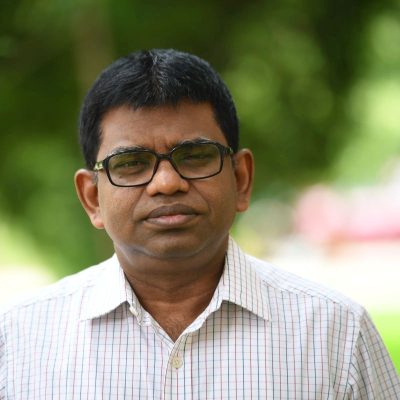
D. Sivakumar
Associate Professor
Propulsion
dskumar@iisc.ac.in
AE133
Website
Education
- Ph.D. Aerospace Engineering, Indian Institute of Science (1999)
- M.E. Aerospace Engineering, Indian Institute of Science (1994)
- B.Tech. Aeronautical Engineering, Madras Institute of Technology (1992)
Work Experience
- Associate Professor (January 2011 onwards), Department of Aerospace Engineering, Indian Institute of Science
- Visiting Researcher (June 2009 – July 2009), Institute of Fluid Science, Tohoku University
- Assistant Professor (January 2005 – December 2010), Department of Aerospace Engineering, Indian Institute of Science
- JSPS Postdoctoral Researcher (April 2003 – December 2004), Institute of Fluid Science, Tohoku University
- Alexander von Humboldt Research Fellow (2001 – 2002), Institute for Fluid Mechanics and Aerodynamics, Technical University of Darmstadt
- Research Associate (March 2000 – December 2000), Department of Aerospace Engineering, Indian Institute of Science
- Postdoctoral Fellow (1999), Department of Mechanical Engineering, Georgia Institute of Technology
Research Interests
Atomization of liquid jets and sheets, Experimental characterization of engine sprays, Biofuel sprays, Interaction of liquid drops with solid surfaces, Effects of surface texture on the outcomes of impinging liquid drops, Wetting behavior of hydrophobic and superhydrophobic solid surfaces